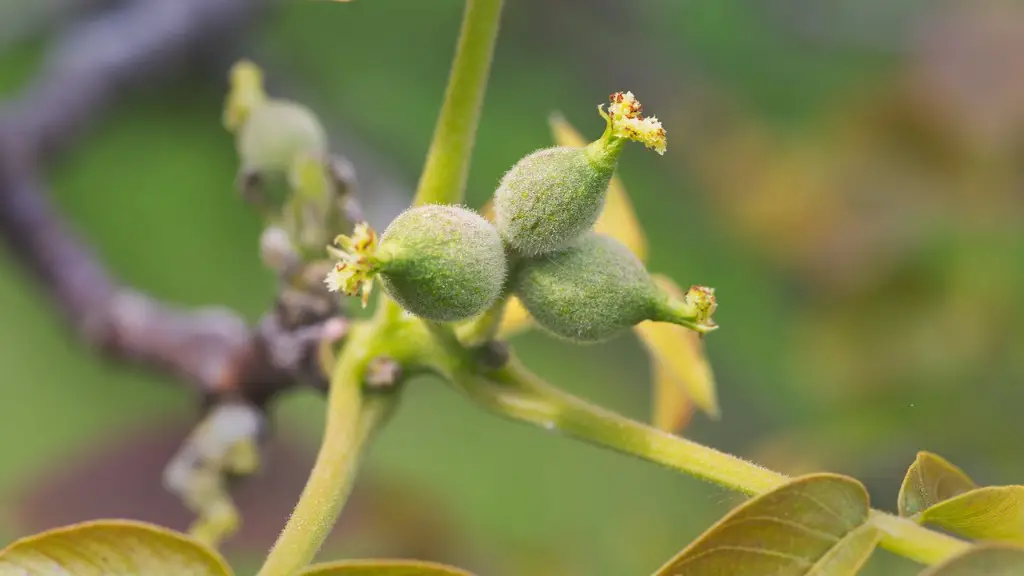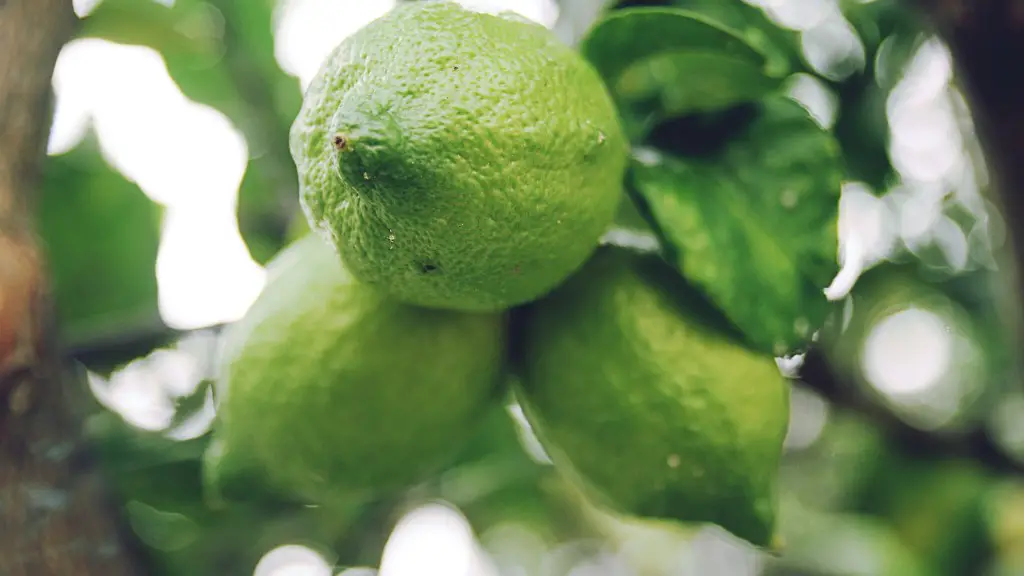Adequate Soil
Avocado trees require a well-drained soil with a pH range of 6.0 to 6.5. California soils enjoy a long history of native plants and with relatively mild temperatures, making it an ideal place to plant and cultivate an avocado tree. It is important to ensure the soil is able to hold moisture without becoming waterlogged to prevent root rot. To ensure the well-draining soil, it is recommended to use a container with 25-30% organic material.
Selecting the Right Tree Variety
The two main types of California avocado trees are the West Indian variety, more commonly known as the ‘Fuerte’, and the Guatemalan variety known as the ‘Hass’. It is also important to note that avocado trees require another tree nearby for cross-pollination. Purchase and select the same avocado tree varieties for greatest results. The ‘Hass’ varieties are considered better producers and often require more water.
Timing for Planting
Avocado trees prefer a mild climate, so it is best to wait until late winter when the temperature starts to warm in February or March. Planting during this time period helps the seedlings acclimate to the climate before summer arrives and allows it to endure hot weather without wilting. It can take up to five years for avocado trees to bear fruit.
Position in the Garden
Avocado trees need full sun most of the day to promote optimal fruit production, so planting them near windows or in the garden where they can receive direct sunlight is ideal. If possible, site the trees near a wall to provide shelter in areas with strong windy conditions. It is important to provide enough space to accommodate the mature tree size. This is usually a generous spread of ‘Hass’ variety trees reaching up to 25ft in diameter and ‘Fuerte’ variety reaching up to 20 ft.
Planting the Avocado Tree
The avocado tree should be planted to a depth slightly higher than the soil level as this helps encourage roots to grow and spread. If planting from seed the seed should have air pockets between the soil. After planting, it is important to water the seed mixtures to avoid drying out. Firm the soil gently around the seed but avoid compressing to much.
Fertilizer
Avocado trees don’t require too much fertilizer, if planting in a container using organic fertilizer with low nitrogen is recommended. If planting in the garden, use an organic material or compost as an alternate to commercial fertilizer as avocado trees do not respond well to high nitrogen levels.
Prune
Avocado trees should be pruned when they are young. Pruning is used to reduce the canopy and promote air circulation to help control the spread of disease and pests. As the tree matures, it is best to prune 7-14 days prior to flowering of the blossoms to prevent damage and reduce the amount of avocado production.
Protection From Pests and Diseases
Avocado trees prefer dry soil and can be prone to root rot in waterlogged conditions. The use of plastic mulch is ideal for retaining moisture in the soil and to protect from nematodes and other pests and diseases. Keeping the soil properly aerated can also reduce root rot.
Adequate Watering
Avocado trees need strong deep roots so soil should be kept moist not flooded with water. The recommended amount of water for avocado trees is 325 gallons per week. As the tree matures and with California’s climate it is advised to water consistently and to set a regular schedule.
Cover Crops
Cover crops are beneficial to avocado trees, as they help to improve the soil health, retain moisture and reduce weed growth. They can also improve the overall structure of the soil, keeping it soft and friable. Common examples of cover crops California avocado trees are rye grass, oat or buckwheat.
Mulching the Base
Mulching is an essential step in maintaining healthy avocado trees and maintaining adequate soil health. Mulch helps to retain moisture, protect the tree from extreme temperatures, and reduce the need for excessive fertilizer. It also helps to break down and contribute organic materials, as well as suppressing weed growth.
Protecting Against Sun Damage
Avocado trees are very susceptible to sun damage, especially young ones. To further limit the risk of sun damage, using branches or cloths to provide shade can help to give extra protection.
Combat Pests and Diseases
Pests and diseases are a natural part of growing avocado trees, however, an unhealthy tree can be weakened and be more vulnerable to these diseases and pests. An advanced irrigation system is beneficial to limit disease, as the plant is more likely to hold the moisture for an extended period of time. Regular pruning is also key in keeping a healthy tree and eradicating pests.
Organic Insecticides
Organic insecticide sprays is a great way to tackle pest and disease issues and protect the avocado tree from further damage. Insecticides are also helpful in controlling the spread of pests and diseases. Creating a natural environment around the tree also help to promote beneficial insects and predators of the harmful invaders and assist in keeping the tree healthy.
Harvesting the Fruit
When the tree is harvested, it is important to use lightweight harvesting bags and avoid using any kind of sharp tools. This prevents scarring the fruit and reducing shelf life of the avocado fruit. It is also important to position the bags in a way that they are not touching the trunk of the tree.
Promote Balanced Nutrients
Avocado trees require balanced nutrients to remain healthy and bear full crops of fruits. California soils are notorious for lacking in essential minerals, so it is important to consider occasional supplementing fertilizer of vitamin-enriched micro-nutrients.
Additional Care and Maintenance
Once the avocado tree is established, regular maintenance will ensure a healthy tree. With proper mulching and watering, additional pruning and trimming will also be necessary. During the winter months, it is important to make sure that the tree is receiving enough water and protection from the cold conditions. Inspecting for signs of pests and diseases is also a crucial step in keeping a healthy tree.
Control the Temperature
Avocado trees require warm temperatures to produce a full crop of fruit. In cooler months, the use of a hot-pad can help to control the temperature and promote successful flowering. Hot-pads are containers filled with water that stays warm in the soil and keeps surrounding area warm.


